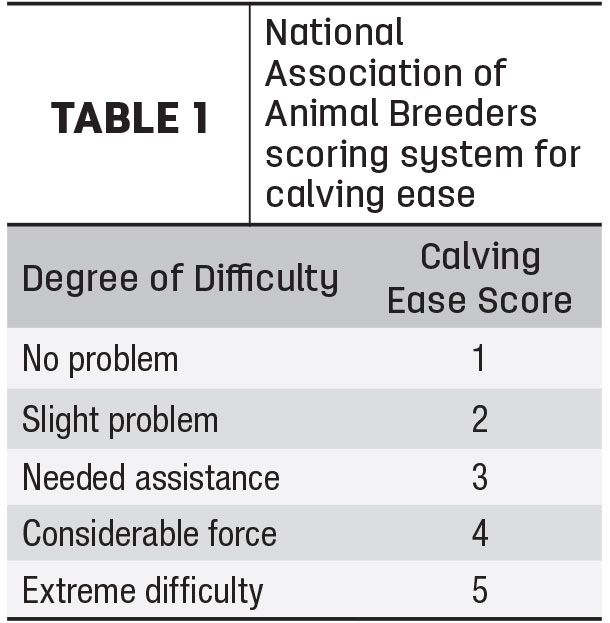The secret to getting more cows pregnant in a timely manner could already be at your fingertips. In fact, it may be just a few key strokes away. Valuable data is already available for most dairies, and digging into it can unearth both sweet spots and trouble zones that affect reproduction. By targeting areas of opportunity and focusing on results, producers can enjoy reproductive success. Let’s take a look at how records can be used to achieve this.
Ask the right questions
With herd records as a guide, asking these three questions can help determine a dairy’s potential for improving reproductive efficiency:
1. How is the herd doing on reproduction at this time? In order to assess the herd’s current status, first make sure the farm has all of its data. Whether that be from a herd management software program or DHIA report, no matter which one the dairy uses, the most important thing is for the information to be recent.
2. What direction is the herd’s reproduction going? Analyzing the reproductive data gives me an idea of where the herd is going based on past performance. For example, evaluating conception rates by week may show conception declines during warmer months. If the trend is for this to happen every year, it will probably occur again in warmer months.
3. What needs to happen in order to improve reproductive performance? This is where the farm management team needs to come up with a decision that drives reproductive success. Once a management decision is made, it needs to be monitored to confirm whether the choice was a victory or did not meet the farm’s expectations.
Set goals
Establish goals that can be both monitored and measured for progress. One example is the goal for cows to freshen easily. Monitor this goal by keeping a close eye on the calving ease of the sires being used in the herd. Also, watch fresh health events. Measure outcomes by scoring calving ease using farm software, according to the 1 to 5 scale (see Table 1). Use the data to evaluate scores by sire or by lactation. A good goal for stillbirths is 5 percent or less.

Producers can also set goals for targets such as first-service conception rate, percent pregnant by 150 days in milk and percent of the herd to cycle before their voluntary waiting period. Track this by observation and recording; some software programs with activity systems will record it automatically.
Metrics for tracking reproductive performance
Conception rate can be viewed in several different ways to identify areas of opportunity. Maybe the overall conception rate of the herd is satisfactory, but a specific lactation group is performing below the farm’s standard. Taking a closer look at that subgroup may reveal a service number or certain breeding code that is not working. Farms can evaluate conception rate by the following metrics:
- By week
- By sire
- By interval analysis
- By lactation
- By breeding code
- By technician
- By times bred
- By semen type
- By month
Conception rate by breeding code
It is critical to track how the cows are getting bred to know the success rate of each method, and that’s the story told when viewing conception rate by breeding code. Are you using a Double Ovsynch, tail chalk or activity monitoring system? It is also very important when changing reproductive protocols to monitor how well the new protocol is working.
Voluntary waiting period and days in milk at first breeding
The voluntary waiting period is a management decision that designates when a cow will be inseminated after freshening based on her days in milk. Sometimes the dairy producer’s targeted voluntary waiting period and when the cows actually receive their first insemination differ, according to the data. Using a farm software program, a graph called “days in milk at first breeding” shows when cows are bred. It also shows (by days in milk) when the cows are inseminated. All farms have different voluntary waiting periods, but the key is for their reproductive data to reflect when they say the cows should be inseminated.
Percent pregnant by 150 days in milk
The portion of the herd confirmed pregnant at 150 days in milk gives a snapshot of how well the reproductive program is working. It’s a great indicator of how well cows are transitioning, coming into heat and being inseminated.
Other areas of focus
The following are other key reproduction-related areas to monitor:
- Service rate
- Reproductive culls
- Pregnancy rate
- Abortion rate
- Percent bred greater than 90 days in milk
- Days open
- Services per conception
- Calving interval
The more areas tracked and evaluated in reproduction, the better the chances of increasing the overall reproduction of the herd. ![]()
Megan Weigel is a nutrition and production specialist at Form-A-Feed Inc. Email Megan Weigel.







